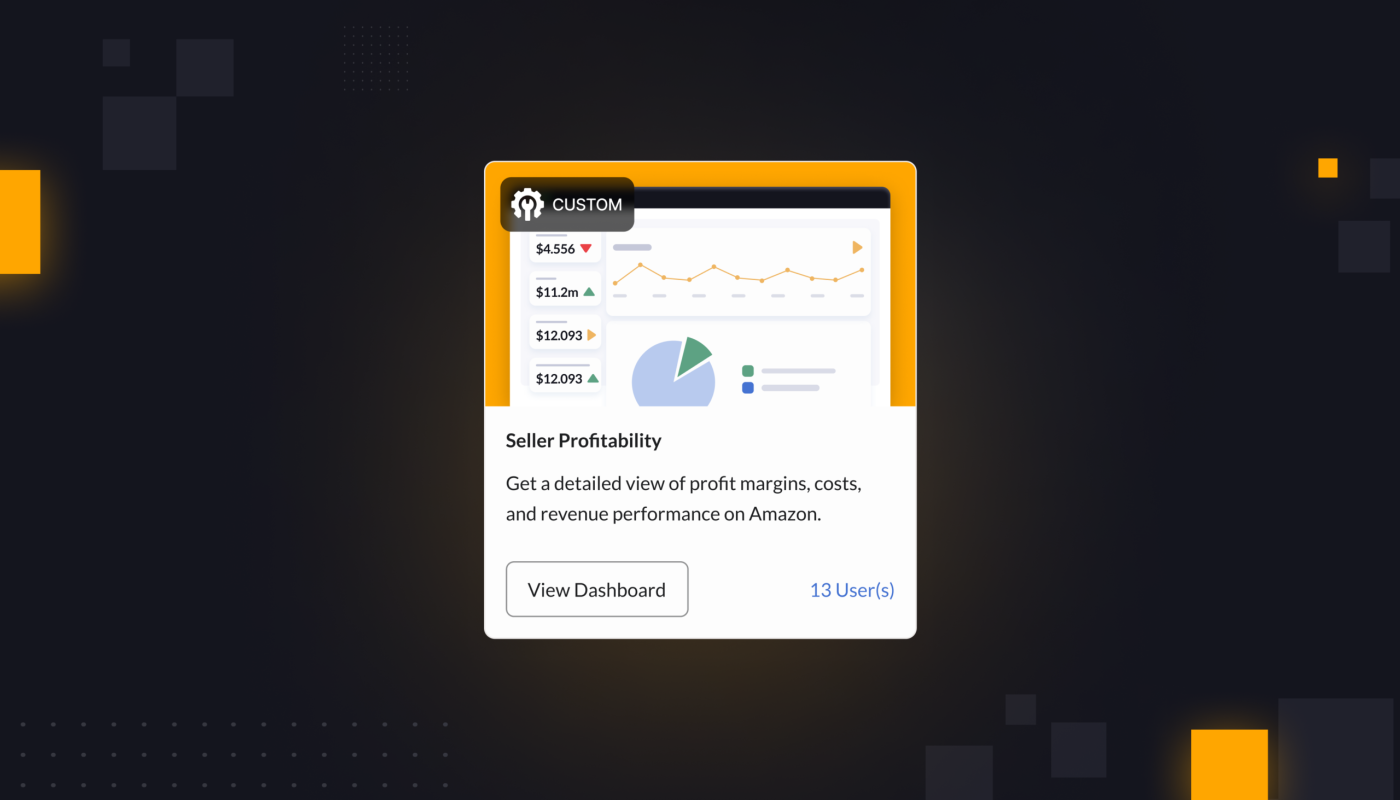Here’s the dilemma: Reporting is how you showcase your wins to your clients. But reporting can also be incredibly time consuming—and even tedious—for your internal teams.
If your reporting is not up to par, you might find that your team is wasting dozens of hours each week trying to troubleshoot errors.
But there are some simple ways agencies can avoid this. Software is a big lever to pull, and for what it’s worth, Intentwise just rolled out scaleable, white-labeled reports for agencies that we think will be a game-changer for how you do reporting.
Exactly what combination of software features or internal muscles you need to invest in will depend on your specific clients, your company size, and your overall goals.
But there are a few questions that all agencies need to ask themselves about their reporting system before they can improve it.
We recommend taking a sheet of paper, and trying to fill it up with a half-page or a page of questions.
It doesn’t have to take long—but listing out exactly what questions you need to answer around your reporting system is the only way to begin to supercharge it.
We should say: While this is a list designed specifically for agencies, it is also a useful exercise for brands and sellers as they measure their own performance.
#1. What kinds of reports do I need?
The first set of questions are about what you and your clients are hoping to actually see with your reporting. What are the views of client accounts you need, in order to simplify your business operations?
What types of reports and dashboards make sense given your agency’s size and type of clients?
If you have 50 clients, for instance, you probably want an all-accounts view that has ACOS, TACOS, etc, so you can quickly toggle between accounts.
Or maybe you want to see profitability across all of the ASINs, so you can ensure your ad spend is aligned with profitability.
Think about what your clients expect and what your team needs to do its job faster, and come up with questions you want answered in your reporting.
#2. How good is my diagnostic process?
When something goes wrong in a client account, what is your team going to do about it?
Every agency has dealt with this scenario: A top-line number has gone bad, such as a client’s ACOS dramatically increasing. Your client is hounding you to explain what went wrong.
Think about what questions your team will need to answer in order to quickly identify and resolve the problem.
What data points do you need to see in order to figure out what’s going wrong? Is there a way you should be displaying that data to simplify the lives of your team members?
Without a solid troubleshooting process in place, your team is inevitably going to be racing through all of the layers of the account—keywords, campaigns, ASINs, etc—to figure out what went wrong.
No one wins in this scenario. It is an anxiety-inducing process for your team members, and it is a frustrating one for clients.
Ask yourself what you need to simplify the troubleshooting process. That way, next time there’s an account-level change, you’ll know what you need to answer and how. This will help with long-term retention of both your employees and your clients.
#3. Am I auditing client accounts enough?
There’s one place where we see agencies time and time again fall behind the eight ball: Account auditing.
As an agency, you probably signed most of your prospects after conducting a detailed audit of their account. You wowed them with your insights—and that’s why they chose to work with you.
But then what? Are you still self-auditing even months after they sign with you?
Many agencies forget to offer the same rigorous kind of audit to their clients throughout the client lifecycle. You should be as detail-oriented to your clients as you were at the start of the relationship.
You need to automate self-audits in a way that helps you in all aspects of the customer journey.
If you don’t, you might lose your client because a rival agency performed a similar audit, and stole them away.
Ask yourself: What is the ideal cadence of self-audits? What do you need to do to automate the self-auditing process? How should you present these audits to clients?
#4. How do I speak my client’s language?
Every business is unique, and every client talks about their company in their own distinctive ways.
One client might want their performance data broken out by product category. Another might want data broken out by sub-brand.
Be sure that, when you are reporting performance back to them, you segment data in ways that already speak the client’s language.
You want your data reports to feed directly into the client’s existing accounting system, or else they might get frustrated or find that some insights are lost in translation.
What are the ways your clients talk about their business? Do they break out data by sub-brand, for instance? What are the geographies they sell in, and how do they like to group those geographies? (By country? By continent? By American state?)
If you aren’t sure, check in the client. But make sure you’ve drawn up a list of questions that your team can ask every time you sign someone new.
They’ll be grateful you asked.
So I have my questions—what’s next?
Once you have your questions, obviously, you need to answer them.
It’s in answering these questions that you’ll take the hassle out of reporting, and truly impress prospects and current clients.
Figure out: How do you get all of your client data into these clean views that you need, segment the data according to the specific language of your client, and create an automated self-auditing process?
Some of these can be resolved with internal processes that you can standardize across your team.
Others take software—and it is only in laying out these questions that you can identify which kind of software partners are right for you. Writing down the questions, in other words, help you determine what exactly you need.




